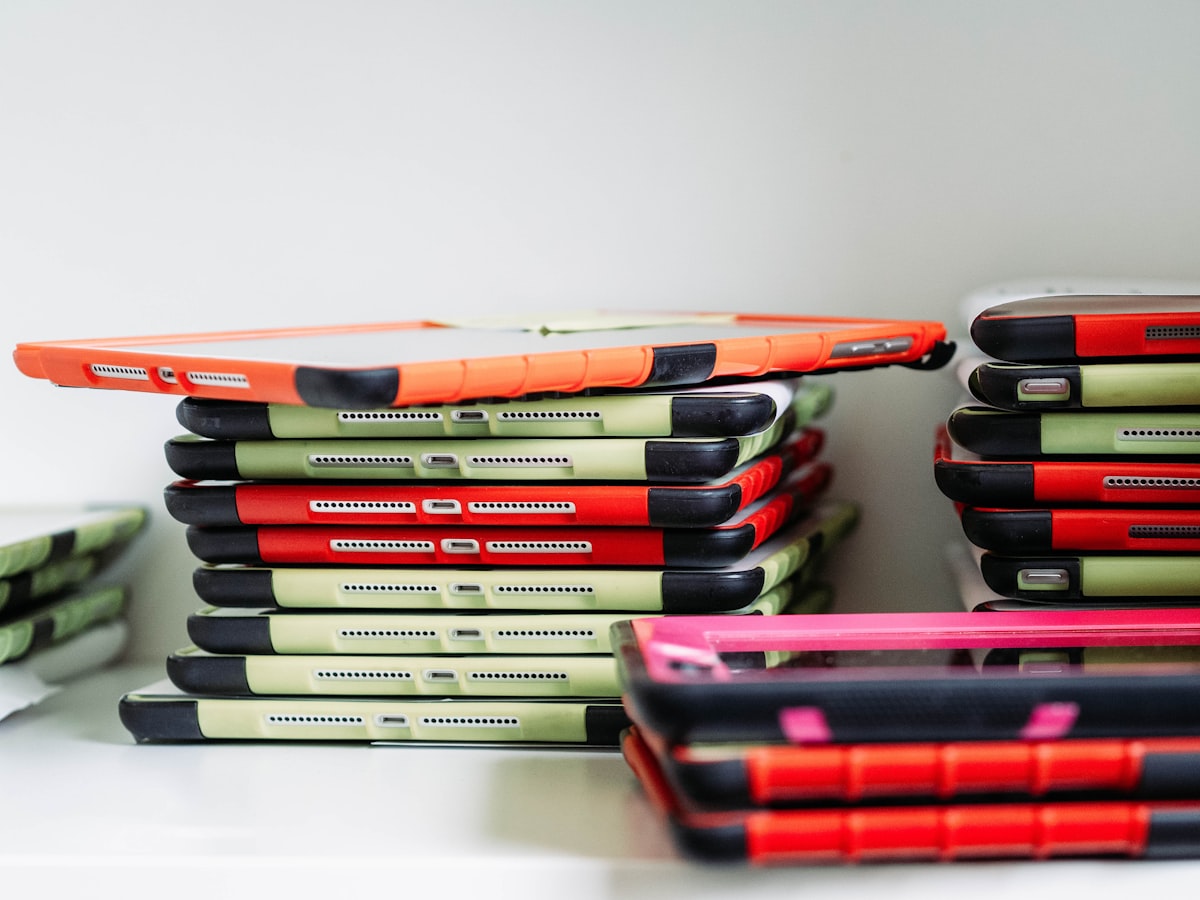Blended Learning Strategies and Resources

Blended learning combines traditional in-person instruction with online learning, providing teachers with the ability to personalize learning and meet the many needs of their students. It’s the closest thing that teachers have to clone themselves in the classroom.
With blended learning, teachers use technology to differentiate instruction, provide real-time feedback, and offer students access to a wider range of resources.

Blended learning saves teachers time by reducing the need for traditional lectures and allowing for self-paced learning activities. It’s important to note that lecturing is still a part of a blended learning classroom, however, the instruction can be given to smaller groups of students and on-demand as needed.
By leveraging the strengths of both in-person and online instruction, blended learning can increase student engagement, motivation, and achievement. It’s not magical, but it definitely has its place in a teacher’s tool kit.
Blended learning can also increase teacher efficiency by providing a platform for more effective collaboration and communication with students and colleagues. The digital aspects of blended learning lessons are easily shared and modified.
These blended learning strategies will help get you started.
- Blended Learning: Strategies for Engagement - Leverage class meetings, reflect and set goals, and use using technology to differentiate instruction.
- Blended Learning Benefits and Strategies for Teachers - Use video to engage students. Collaborative learning components can help students develop skills that are needed in the workforce.
- Explore Blended Learning Strategies - Learn how to optimize the station rotation model, Flip your classroom, and incorporate playlists into your blended learning instruction.
- Blended Learning Strategies to Try with Your Students - Learn more about various blended learning modes along with some of the benefits of use.
- 12 of the Most Common Types of Blended Learning




